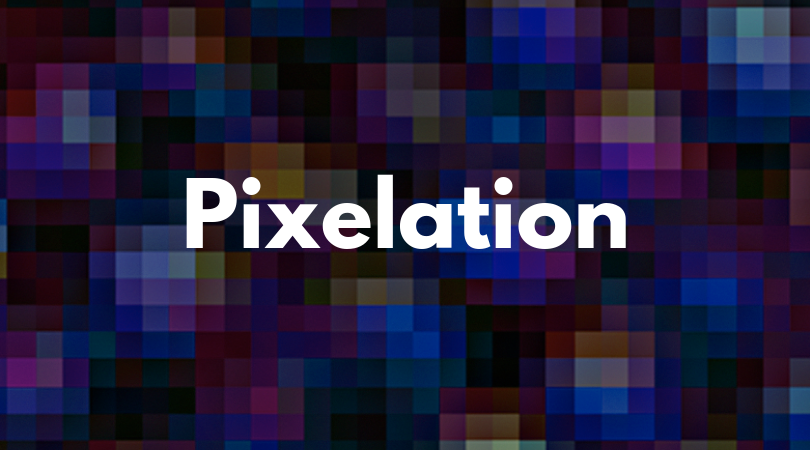Most designers love royalty free images for a reason; they are, typically, pre-formatted with creative needs in mind. Experienced designers use these images regularly and responsibly, but budding creatives and amateurs often misunderstand what they are all about, or simply don’t care about the rules.
Please consider these things when using this medium, as mistakes can be costly, and damage a designers reputation in the professional community.

“Royalty Free” does not mean “Totally Free”
It’s easy to think that “Royalty Free” means no money changes hands. In reality, what royalty free means is that the seller is paid a fee for unlimited use of the image, and that use is, almost without exception, reserved to non-resale purposes, such as promotional materials, marketing use, or informational purposes. The majority of sites which provide royalty-free images actually specify that their images cannot be used for any material or monetary gain without permission, and said permission usually does involve the payment of royalties.
There is no such thing as “Copyright Free”
This is the most common error many new professionals and every amateurs make. Under U.S. and International law, any image created is immediately copyrighted by the creator – the only differences from government to government are fair use and statutes of limitation. Purchasing the rights to use an image without paying a royalty is just that; the right to use, not ownership. Photographers and photography companies make their money through sale of rights permissions. It is the a rare instance when photographers sell the image itself (meaning the copyright) to someone who will use it in a commercial venture. Copyright ownership is traditionally only sold to private parties for personal use (i.e. – wedding photos) due to the difficulty in enforcing copyright law without a clear proof of ownership.
RECOMMENDED: The Bloggers Guide to Royalty Free Images
Terms and Conditions don’t just apply, they are enforced
The reason most amateurs give for violating terms and conditions of royalty-free image websites is a common refrain in business; it’s only a violation if you get caught. Well, here’s a cautionary tale involving two big boys in America’s worlds of business and academia, respectively: Facebook and Princeton University.

According to Grit Daily, a lawsuit filed in Federal Court by Planner5d, a company which provides royalty free design tools, seeks damages from both Facebook and Princeton University for what they claim is unauthorized use of their website to obtain scene files, which are essential for any interior design. While the behavior of both Facebook and Princeton are alleged and not yet proven in court, this is still a cautionary tale of why designers should ALWAYS understand the terms and conditions of a website. Since lawsuits are public record and, therefore, easily searched, an employer considering hiring a designer will see where they sidestepped the rules to suit their needs, and that job that designer was hoping for would become an instant memory.

Even following the rules doesn’t mean good images
While royalty free images are convenient and cost effective, there are certain pitfalls to their use. Even under ideal conditions, many images have watermarks which cannot be removed, copyrights which are sometimes unsightly and detract from the image quality, and some images cannot be enlarged at the risk of severe image degradation. Worse still, some images which can be viewed cannot be saved – a practice used by many of the cheaper royalty-free suppliers. In some cases, the images are even coded to turn completely black when the file is sent to print or converted to a PDF or, worse still, appear dazzling on screen but are actually low-resolution 72 DPI, which print off horribly. Best practice is read the terms and conditions of the subscription or purchase, and contact the provider to find out if they offer royalty-free images for printing purposes. Some do, some don’t.
Be smart, be fair
As a minor commentary on the state of royalty-free images and copyright abuse overall, it’s safe to say that for every “rules are made to be broken” designer out there, there are hundreds who want to do the right thing. Sadly, there are bad apples in every bunch, and the same applies to websites and image providers. The best advice is to play by the rules, do your homework, and ask around. Experienced professionals are a great resource for finding images and how best to legally use them. Creatives appreciate when others play by the rules, and when others honor their work by being willing to use them as intended. This can mean the difference between one-day landing that dream job or gig, and being a “starving artist” because you didn’t feel a need to play by the rules everyone else does.
